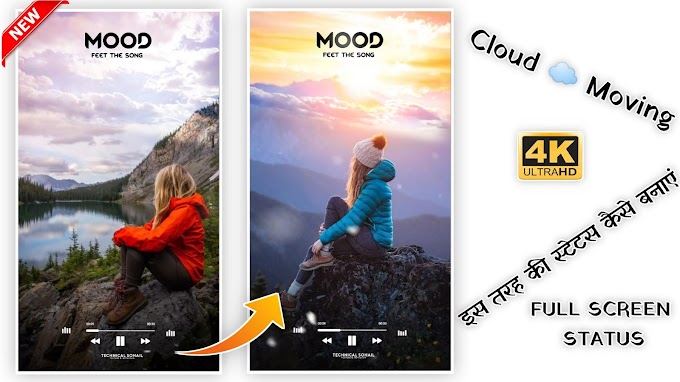Step 1: Choose Your Editing Software
To start your journey, you'll need video editing software. There are various options available, catering to different skill levels and needs. If you're a beginner, consider user-friendly options like iMovie (for Mac users) or Windows Movie Maker (for Windows users). For more advanced features, Adobe Premiere Pro and Final Cut Pro X are popular choices.
Step 2: Gather Your Footage
Before you begin editing, gather all the video clips, images, and audio you want to use. Organize them in a folder to streamline the editing process.
Step 3: Import Your Media
Open your chosen editing software and import your media files. Most software allows you to drag and drop files directly into the project area.
Step 4: Arrange Your Clips
Drag and drop your media files onto the timeline in the order you want them to appear. This is where you'll piece together your video's narrative.
Step 5: Trim and Cut
Watch your clips and trim away any unwanted sections. Use the cutting tool to split clips and remove any mistakes or unnecessary moments.
Step 6: Add Transitions
Smoothly transition between clips by adding transitions. Common options include fade-ins, fade-outs, and simple cuts. Use these to enhance the flow of your video.
Step 7: Incorporate Effects
Experiment with effects to add a creative touch to your video. Filters, color corrections, and overlays can transform the mood and appearance of your clips.
Step 8: Insert Text and Titles
If your video requires text or titles, use the text tool to add informative captions, titles, or subtitles. Ensure the font and color match the video's style.
Step 9: Enhance with Audio
Import any background music, voiceovers, or sound effects complementing your video. Adjust the audio levels to ensure a balanced sound.
Step 10: Final Touches
Review your video from start to finish. Make any necessary adjustments, ensuring everything flows smoothly. Double-check for spelling errors, correct timing, and consistent visual and audio quality.
Step 11: Export Your Video
Once you're satisfied with your editing, it's time to export your video. Choose the appropriate file format and quality settings for your intended platform (YouTube, Instagram, etc.).
Step 12: Share Your Creation
Congratulations! You've successfully edited your video. Now, share it with the world on your preferred social media platforms or website.
Project Link
All materials









0 Comments